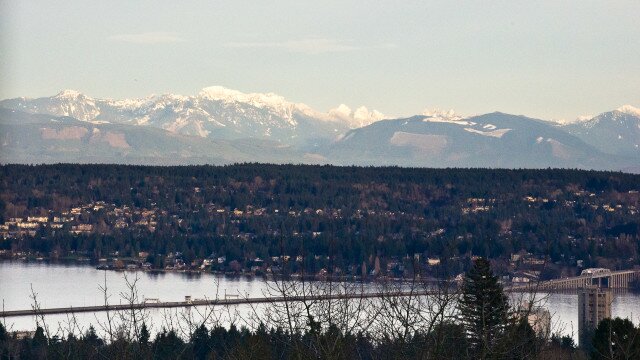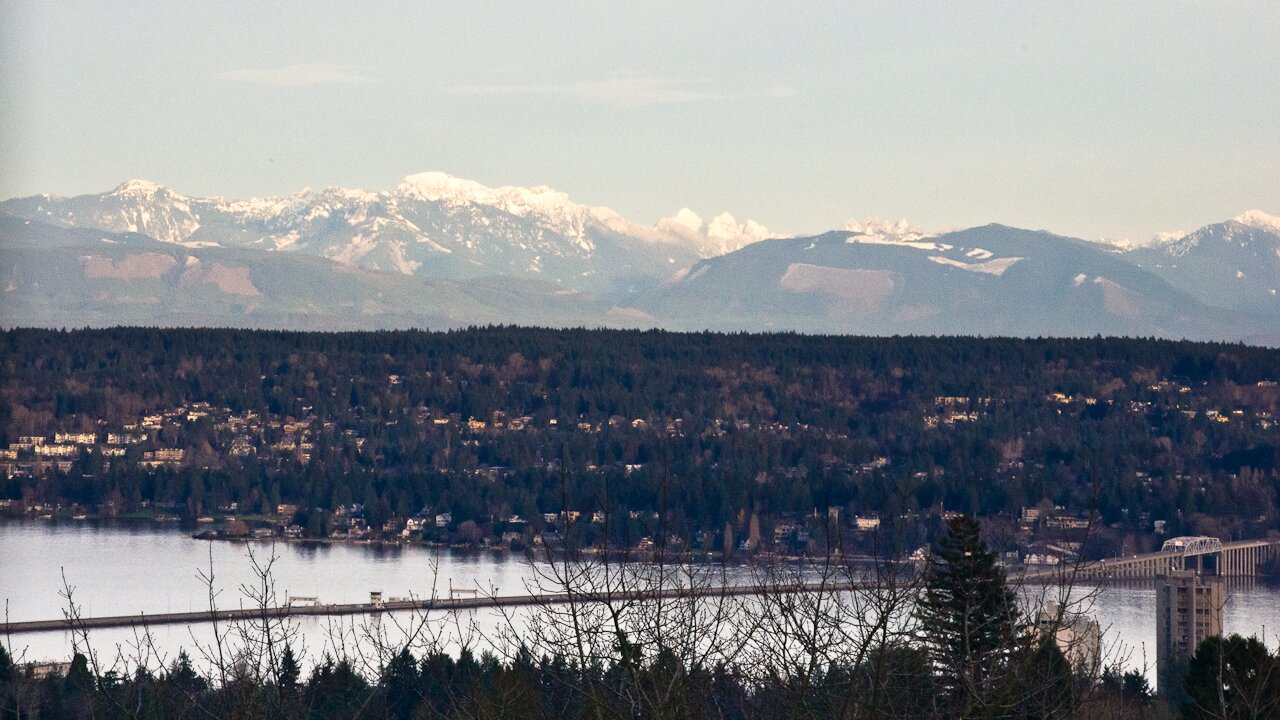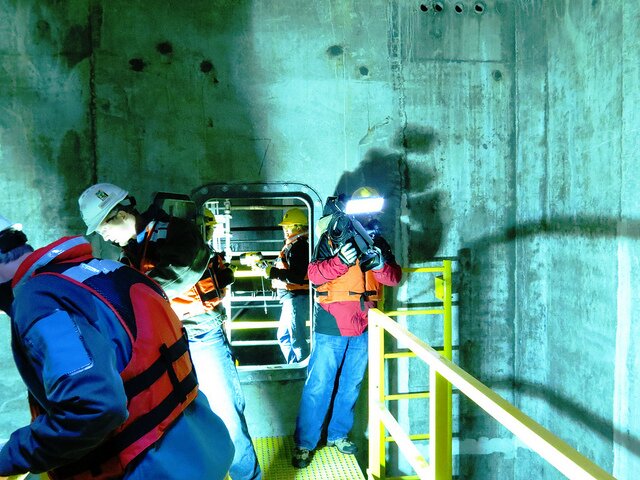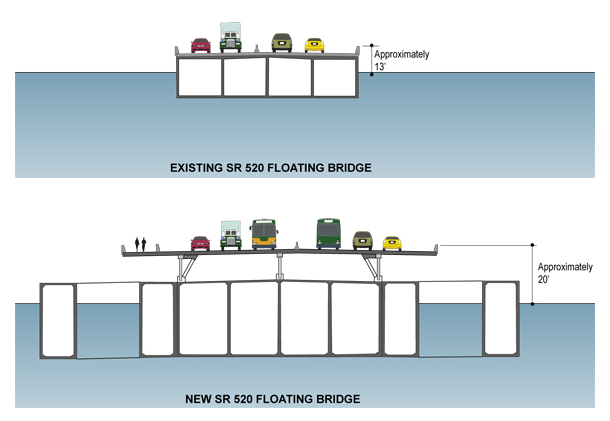
The headline in the Seattle Times says, “One year later, 520 bridge toll income, traffic levels ‘right on target‘,” but it’s difficult to tell which targets Washington Department of Transportation toll director Craig Stone has in mind. Stone says the state raised “about” $50 million in 2012 from gross toll revenues, with average weekday traffic down about 33 percent since the tolls were put in place.
But WSDOT projections, both in its 2011 investment grade study (pdf) and its toll revenue report (pdf) display a fiscal year estimate, rather than the calendar year total that Stone is reporting on. That six-month FY 2012 period was supposed to bring almost $28 million, increasing to almost $62 million in the full 2013 fiscal year. WSDOT had promised investors that these were very conservative projections.
The projections, though, assume a top toll of $3.50 with a floor of $1.60; in actuality, WSDOT has been charging more: $3.59 at peak times, down to $1.64 at night. In addition, WSDOT estimated that late-payment fees would total about $400,000 during the FY 2012 period. For the calendar year, they’ve charged $3.8 million.
Back of the envelope calculations would seem to show that toll revenue has exceeded expectations by more than that $3 million, certainly, but WSDOT says “right on target.” If you take them at their word, this would indicate that the tolls in themselves, despite the increase in price and late-payment windfall, are lagging.
Could it be traffic volumes? Again, it is difficult to say. Although the projections use average annual daily traffic, Stone has provided average weekday traffic (70,000). The Times‘s Lindblom notes that “Transit ridership on 520 has grown to 19,000 a day, up by one-fourth since two years ago, agencies say.”
In 2013, the state will study tolling the I-90 bridge, reports GeekWire, to deal with “leakage” from shunpikers. This requires negotiation, because while 520 is a state route, 90 is an interstate and federally funded. What is clear is that however much WSDOT has seen in toll revenue so far, they’d very much like to see more, as some $1.4 billion of the 520 bridge project remains unfunded.



